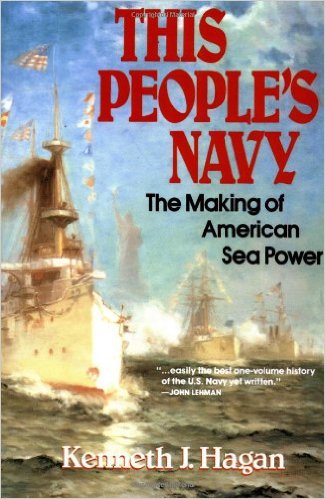Grant
by Ron Chernow
Ron Chernow has a knack for biography. In his writing, he takes what you know about a person and introduces you to them in a different way. When we think of Grant we think of a few main things. Won the Civil War. Check (he had help.) Drunk. Check(but not really?) Terrible President. Check( but again not really,) and that is what you will take with you into this book.
Coming out of it though you will learn about the man that was Hiram Ulysses Grant. The man who trusted people, even when he shouldn’t which lead him to trouble his entire life. Especially when he became president. You learn about the down on his luck failed businessman and farmer that found a second life in the time of his country’s greatest need. You see a man go from the depths of despair and failure to a revered world figure. And you see a man that struggled with alcohol, sometimes winning the battle and sometimes losing. But most importantly you see Grant the man, not the myth.
That is the gift that Chernow has. He takes men of myth and shows you the person. He is able to get into their heads and almost show you the world as they see it. Like his Washington biography, you come out of it with the feeling that while a bit of the shine may be off the legend, it does not take away from the man. And Grant, for better or worse, was an amazing man and this book captures that well.
As always you can purchase a copy of the book by clicking on the cover image above.










